The fascinating story of the beginning of motoring in Calcutta - GetBengal story
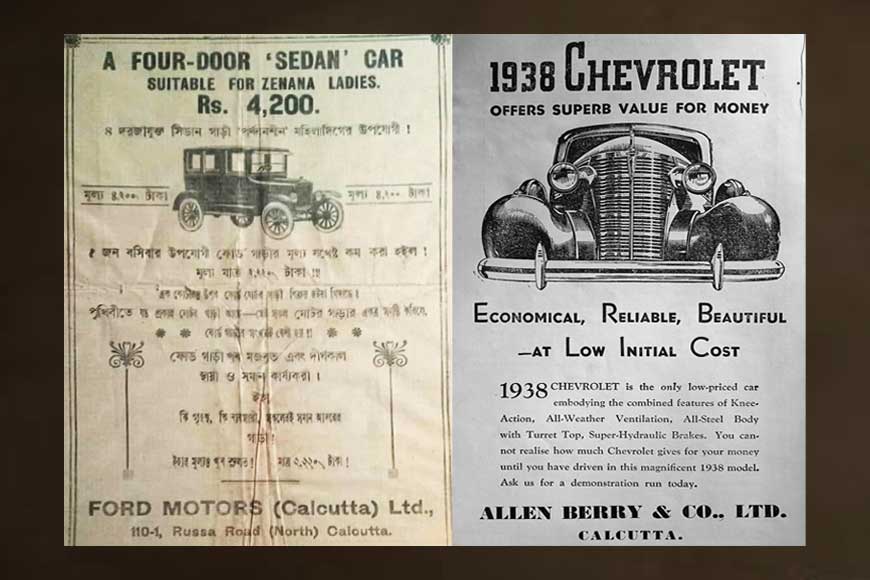
The earliest evidence of wheeled vehicles was somewhere between 3500–3350 BC. The invention was quickly adopted across parts of Europe and Asia. It was after James Watt’s steam engine in 1705 that the concept of powered vehicle was considered. Nicolas-Joseph Cugnot of France developed a three-wheeled, steam-powered vehicle in 1769 and this is considered the first automobile. By the 1830s the steam car had made considerable progress.
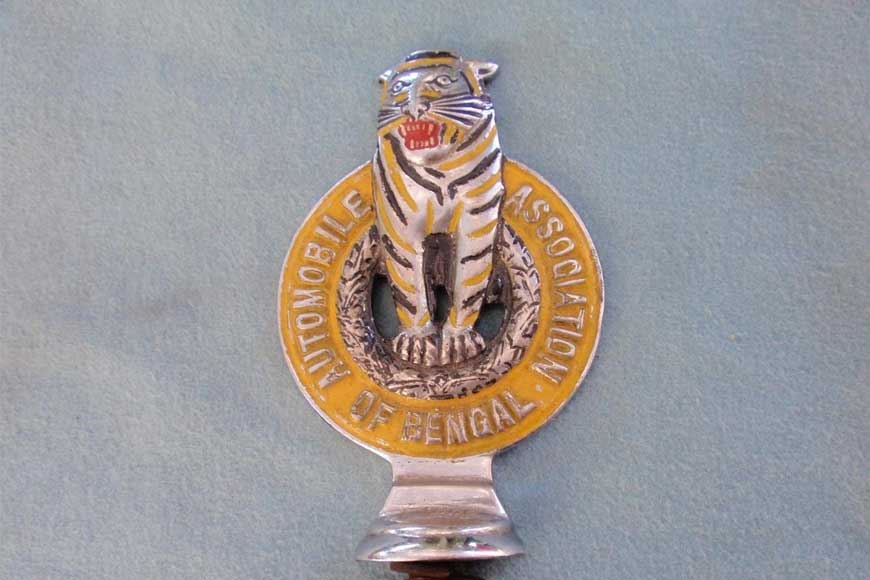
The pioneers of automobile manufacture towards the end of the 19th century were Gottlieb Daimler (1834-1900) and Carl Benz (1844-1929), and they put the world on wheels. Benz invented the petrol engine in 1885 and, a year later, Daimler built a car driven by a motor of his own design. Meanwhile, in America, Ransom E. Olds (1864 – 1950), an automotive industry pioneer, was one of the first mass-producers of automobiles and inspired an entire generation to explore the possibilities of the emerging auto industry. His company developed, manufactured, and sold one of the first affordable cars. Olds had built steam-driven cars and is said to have sold one to an Indian potentate. By 1890, two Frenchmen, Panhard and Levassor, began producing automobiles powered by Daimler engines. In 1830, Sir Goldworthy Gurney in the UK designed a large stagecoach driven by a steam engine to serve as a bus and with the introduction of the bus, motorized public transport began. Both steam and gasoline driven cars were well developed before they made their appearance in India. In 1897, a resident of Calcutta brought the first car to India. This was the beginning and gradually all the major automobile companies made forays into the Indian market and now the Indian automobile market is one of the largest in the world, both in terms of sales volume and production. According to latest news, India is the 4th largest car sales market, beating the likes of the European automotive hub Germany. The most recent figures from OICA, the Organisation Internationale des Constructeurs d’Automobiles, India sold 3,759,398 automobiles in 2021, compared to 2,973,319 in Germany. This equates to an almost 26 per cent difference between the two nations. In fact, general economic improvement, coupled with increases in the consumers’ disposable incomes, has spurred this growth, while the onset of the COVID-19 pandemic has tipped the balance in favour of personal mobility and common people are buying more cars than before.
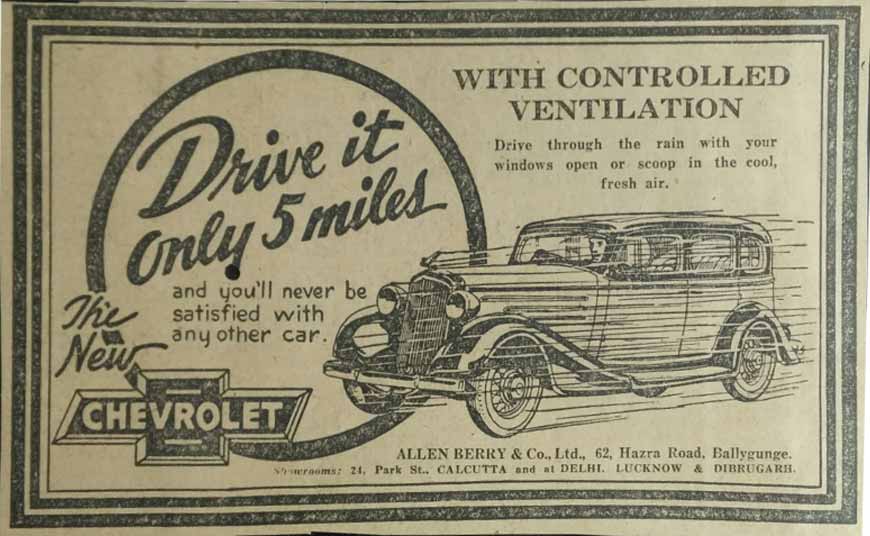
You will be surprised to know that as soon as Mahindra announced launching its Scorpio-N model in July, 25,000 cars were booked within a minute! And within the next 30 minutes, a total of 1 lakh Scorpio-N were booked all over the country. In this era of modern cars, do you know exactly what the earliest cars of India were like? Where was it sold and who bought these cars?
The first car to be imported to India in 1897 was possibly a French model, De Dion-Bouton, owned by an Englishman named Foster, who was the honcho at Crompton Greaves. According to newspaper reports published at that time, native citizens were terrified by the sight of the vehicle. This was the time when Calcutta was the capital of British India and the epicenter of business and commerce. In the very next year, four cars were imported in Bombay, and they were all owned by rich, aristocrat Parsis, including one owned by Jamshedji Tata. That same year, Dunlop opened its first office in Bombay and pneumatic tiers were introduced. The first recorded year of launching a car in Madras is 1901. The car was owned by A J Yorke, a director of Parry & Co. He drove it daily from Ben’s Gardens, Adyar, to Parry’s in ‘Black Town’. The South’s first registered car, MC-1, belonged to Francis Spring, at that time Secretary of the Madras Railway Board who became the Chairman of the Madras Port Trust and ‘father’ of the Madras Harbour I 1904.
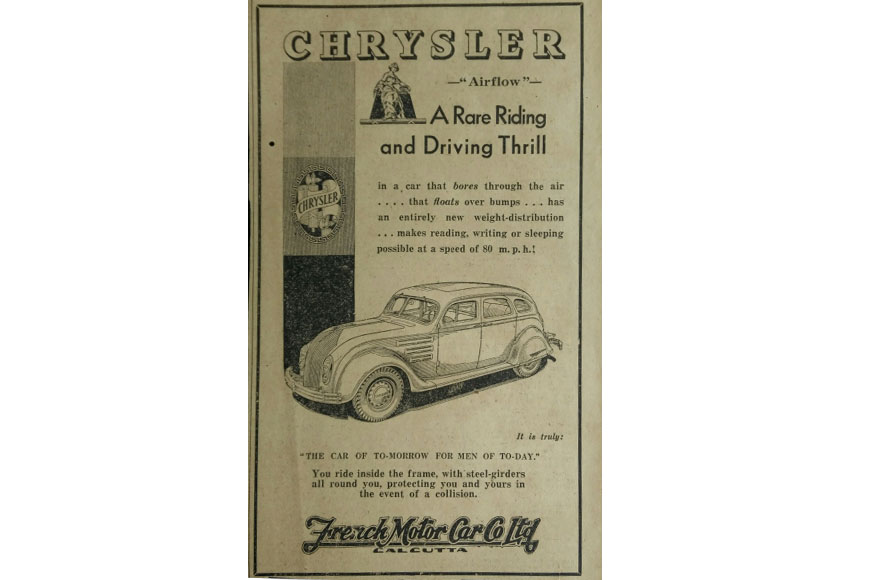
Gradually, cars became items of conspicuous consumption for the wealthy. In other words, cars were a means of displaying one's wealth and social status. The upper crust of society including rulers of princely states and landlords made a beeline for purchasing cars. Many foreign companies of that era brought their vehicles to the expanding Indian market. However, demand for models like Lanchesters and Ford Model T soared and more than 1,000 cars were sold in the country before the end of World War I. The 1920s saw tremendous growth in automobile ownership. However, till 1930, India did not have any manufacturing facility and cars were imported directly from other countries. An embryonic automotive industry emerged in India in the 1940s. Hindustan Motors was launched in 1942, long-time competitor Premier in 1944, building Chrysler, Dodge, and Fiat products respectively. During the same decade, Mahindra & Mahindra also started to produce utility vehicles.
Calcutta rapidly embraced the new-fangled toy for the rich, so much so that the first automotive association in India—the Automobile Association of Bengal was set up on 28th August, 1904 which was later renamed The Automobile Association of Eastern India. In November 1904, 10 cars and four motorcycles assembled at Maidan following the first association of car owners in India, if not in Asia. This association preceded the Automobile Association of Great Britain.
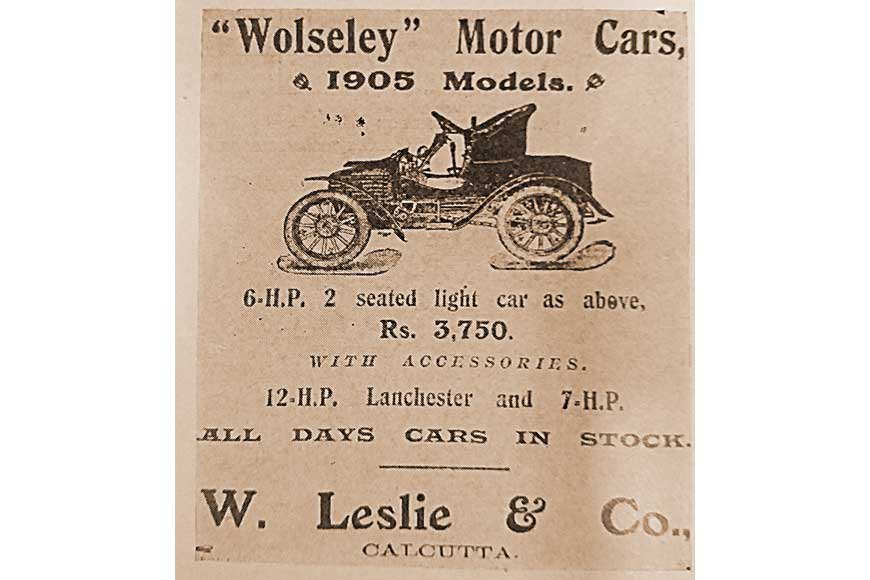
Eminent citizen and motoring enthusiast, Pradeep Gooptu shares detailed information in his column in the digital magazine, ‘Kolkata on Wheels.’ He writes, “So who were the car owners? There were two landowners, a prince from the royal family of Burdwan (Maharaja Uday Chand Mahtab), a city-based businessman and six Englishmen among the car owners. The motorcycle owners were all foreigners. The list of cars present on that day makes interesting reading. Leading the pack of course were the first two cars to be ever seen in India - the 4h.p. De Dions made in France, one of which had come to the city in 1897. Then there were the two 6h.p. Wolseley, designed by Herbert Austin which enjoyed a huge reputation as the most reliable cars of the day. They had external water-cooling pipes wrapped around the front of the car instead of radiators and were suitable for all types of roads and weather. Others included the American Oldsmobile, named after R E Olds and today it is a General Motors brand. These models had to be steered by a tiller mechanism, like a motorboat and not by steering wheel, while its passengers were seated very high up in bodywork that looked like a bathtub. While passengers were fully insulated from the mud on the road, the car’s radiator was under the chassis and got clogged up with dust and mud easily. As a result, the car would overheat badly till someone crawled under the vehicle and manually cleaned the muds from the cooling coils. Two very rare cars also formed part of the entourage. These were a Richards-Brasier and a Dechamps. Richard-Brasier cars, were produced by a joint venture set up by the famous French auto racer and engineer Georges Richard and Paris based businessman Charles-Henri Brasier. These cars were like the Ferraris of the day and the company’s vehicles dominated world motor racing scene for two consecutive years – 1904 and 1905.”
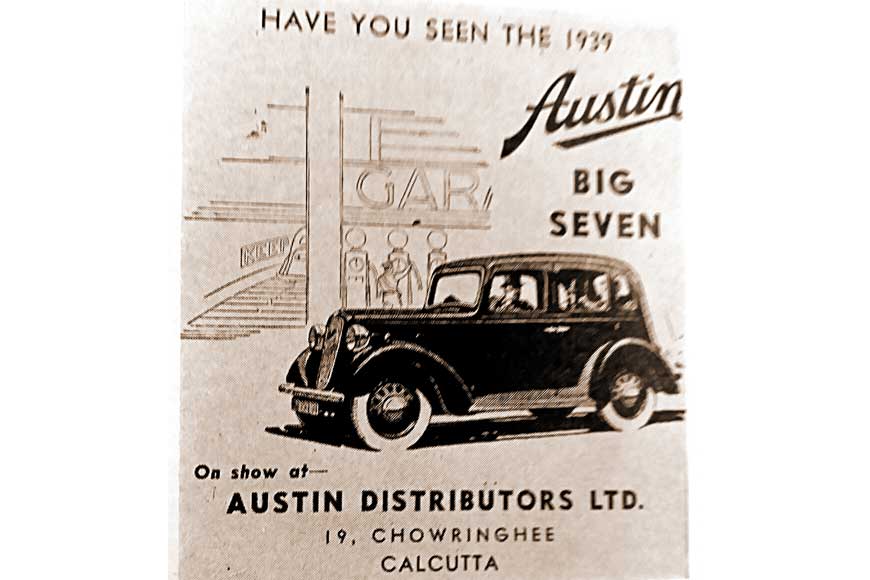
The Automobile Association of Bengal (AAB) nudged the ball rolling for the very first bit of competitive activity early in the history of the automobile in India. The rich heritage of motor sports blossomed in our country only post-independence. As with all countries, motorsport history in India too began shortly after Independence with a handful of wealthy auto enthusiasts getting together to organize events for it. On May 6,1952, Calcutta Motor Sports Club (CMSC) was formed. The CMSC was known for flaunting many rare imported cars with modifications. The first event of the club was conducted at Red Road in Central Maidan Area in Calcutta. Right from its inception, automobile enthusiasts started turning out in droves at the events organized by CMSC. Along with the cars came the spectators and hangers-on. Calcutta had its own Grand Prix, the first ever in India. For the record, Robbie Robertson won the first Calcutta Grand Prix in 1953. Tutu Imam driving a strangely modified Lagonda took the prize the next year. Eddie Isaacs—who raced an SS100—won in 1955 and again in 1957.
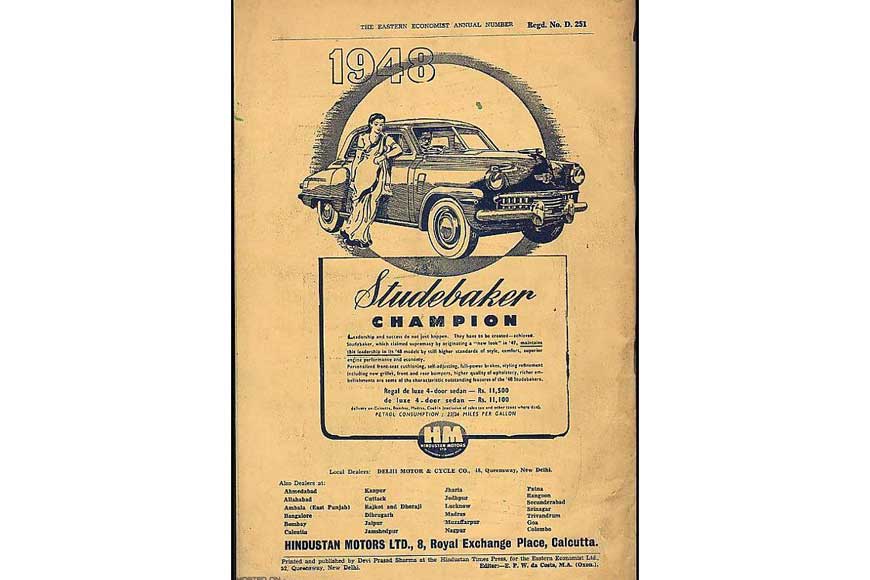
As the club started growing and the motor sports demanded private area, the club arranged permissions for conducting their events in Alipore Mint airfield. Soon when the club members started owning faster cars, the road conditions of the Alipore airfield became unsafe. Moreover, due to the increasing number of constructions in the airfield, the available area for motorsports also started reducing. This was when the meetings shifted first to Kanchrapara and then to Barrackpore dirt track in the 1970s.
In 1971, four of the oldest motor clubs in India, including Coimbatore, joined together to form the Federation of Motorsport Clubs of India (FMSCI), an autonomous body that conducts and regulates motorsport events in India. But the clubs still retain their regional popularity and conduct their own sporting events in addition to the FMSCI.










